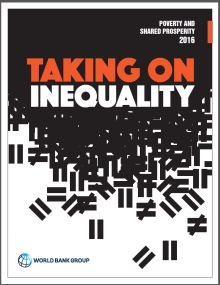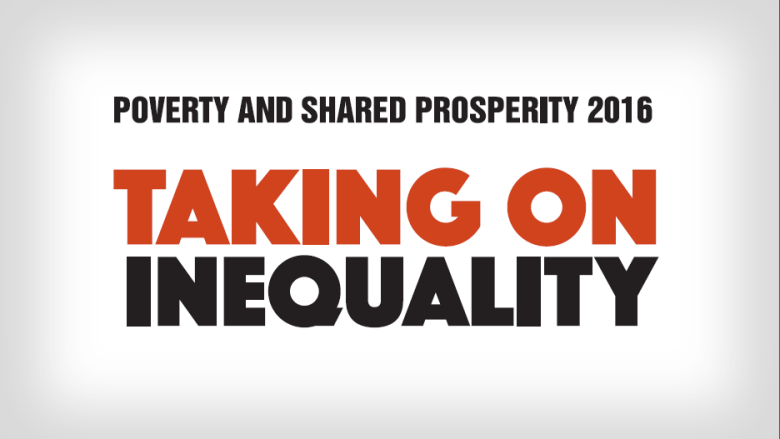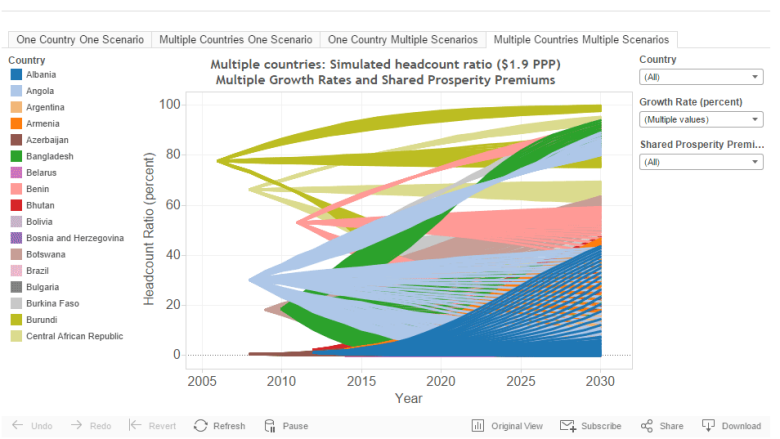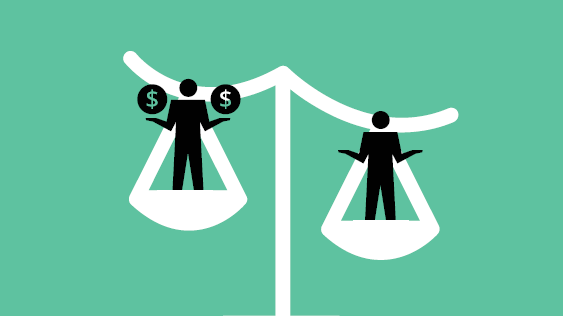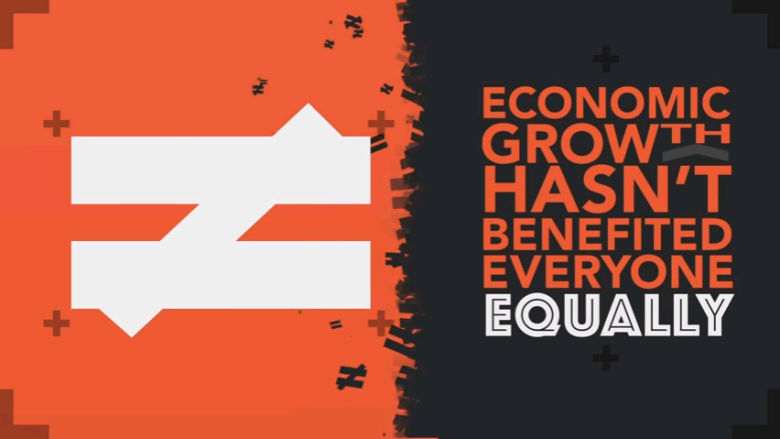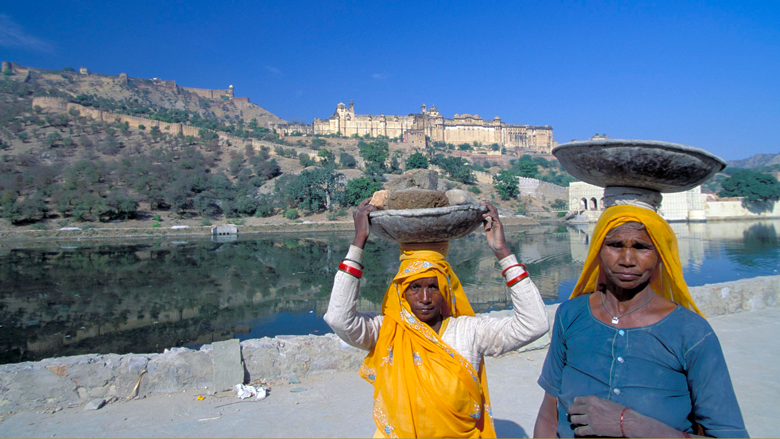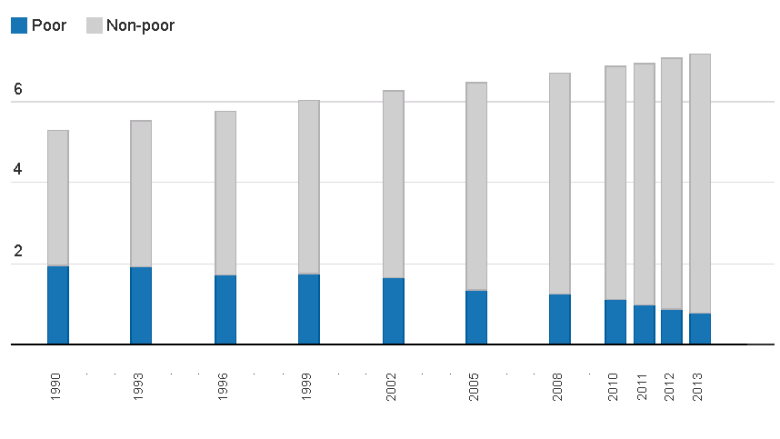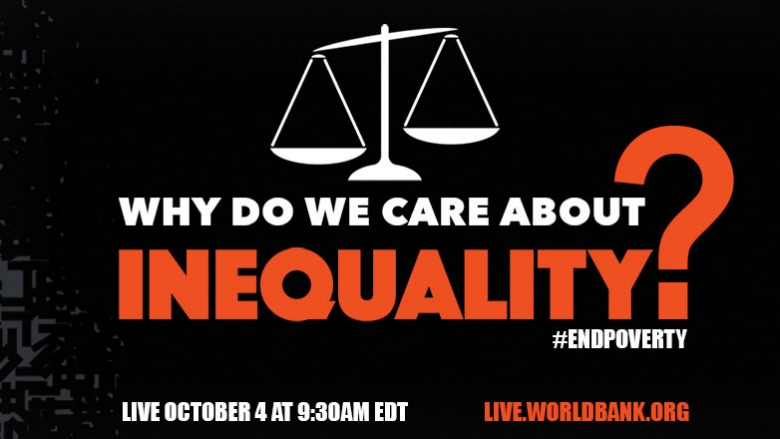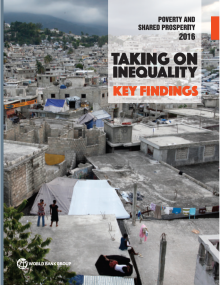Poverty
1 in 10 people in the world live under $1.90 a day, and half of the extreme poor live in Sub-Saharan Africa
Global extreme poverty continues to fall rapidly. In 2013, the year for which the most comprehensive data on global poverty is available, 767 million people, or 10.7 percent of the population, were estimated to be living below the international poverty line of $1.90 per person per day. Around 100 million people moved out of extreme poverty from 2012 to 2013, and since 1990, nearly 1.1 billion people have escaped extreme poverty. The global poor are predominantly rural, young, poorly educated, are mostly employed in the agricultural sector, and live in larger households with more children.
Despite progress, extreme poverty remains unacceptably high, especially in Sub-Saharan Africa. The region now has the largest number of extreme poor in the world, 389 million, which accounts for half of the total number of extreme poor in the world, and more than all the other regions combined. The decline in extreme poverty was largely fueled by the rapid advances in two regions – East Asia and the Pacific and South Asia –specifically in China, Indonesia, and India.

